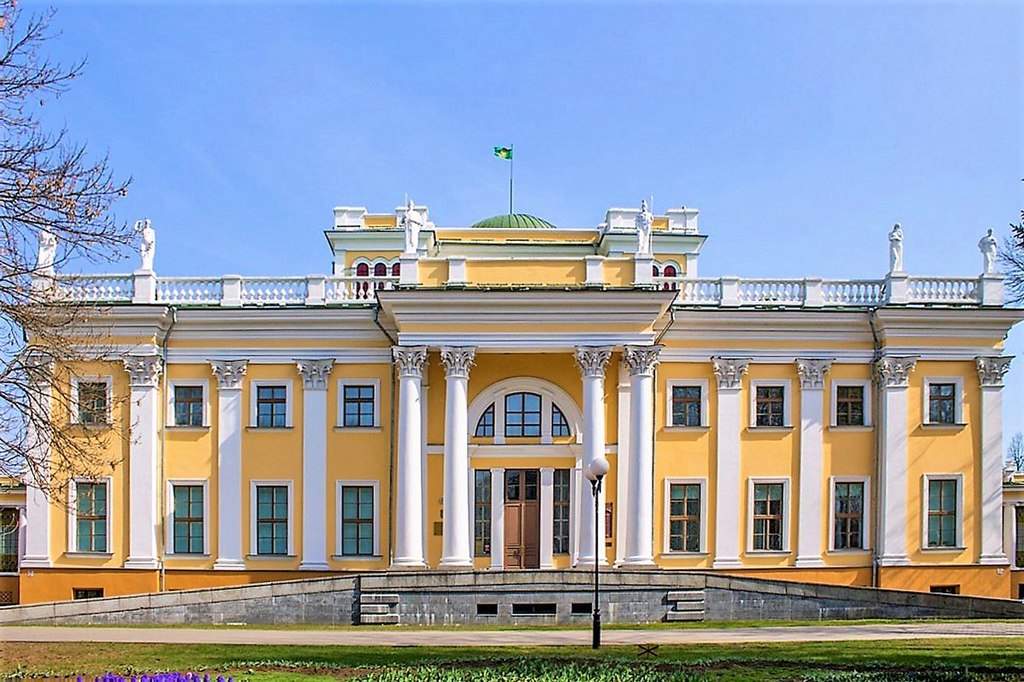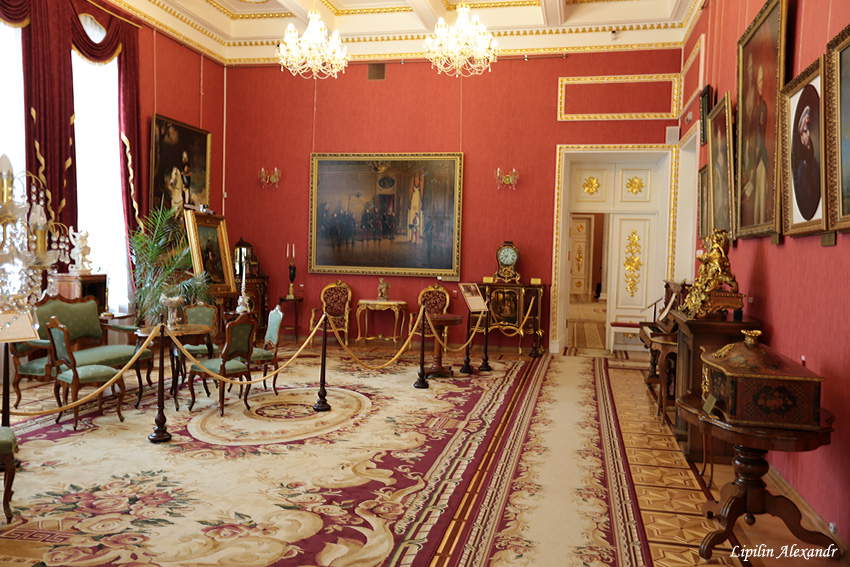The eyes of the world are today focused with great anticipation on Gomel, the Belarusian city near the border with Ukraine that has been chosen to launch negotiations between Russia and Ukraine that will hopefully lead to the end of the crisis and the restoration of peace. According to the Reuters news agency, the hall whose photos began circulating on social media in recent hours after a tweet by the Belarusian Foreign Ministry is one of the rooms in Rumyantsev-PaskeviÄ Palace, a neoclassical palace that ranks among the country’s most important monuments.
Gomel is one of the oldest cities in Belarus as well as one of the most important (it is the second largest after the capital Minsk), and was formerly part of the Russian Empire. The construction of the palace where the negotiations are held began in 1777, commissioned by Field Marshal Pyotr AlexandroviÄ Rumyantsev, who obtained the land on which the residence stands from Tsarina Catherine II of Russia for his merits in the Russo-Ottoman War of 1768-1774 (moreover, a curiosity of history, Rumyantsev was also governor of Ukraine also under Catherine II). In ancient times, moreover, the place belonged to another family associated with art, the Czartoryski family, famous for the collection to which the Lady with an Ermine belongs and which has now become one of Poland’s leading museums.




We do not know the name of the architect responsible for the design of Field Marshal Rumyantsev’s palace, but what is certain is that the building is one of the earliest examples of Russian neoclassical architecture. Rumyantsev’s heirs later enriched it with works of art, so much so that already between 1800 and 1805 an extension became necessary. In 1834, one of Rumyantsev’s sons, Sergey, sold the palace to the crown, and the same year it was purchased by another Russian field marshal, Ivan PaskeviÄ, who renovated the building and the large park in front of it. promoting major works. Later, after the Russian Revolution, the palace was nationalized and turned into a museum opened on November 7, 1919, and the PaskeviÄ family forced to leave it. Damaged during the Russian Civil War and World War II, it was later restored mainly in the 1990s and is now one of the leading museums in Belarus.
Among the most important rooms in the palace are the great Hall of Columns, the center of the building, which is notable for its sixteen Corinthian columns and sculptures with allegories of the seasons executed in 2004, as well as busts with portraits of the field marshals who held ownership of the palace. Again, we visit the grand PaskeviÄ dining room, also known as the “Golden Hall” because of the gold plates that the family had hung on the walls, and today also the site of important international meetings between heads of government and heads of state. The tour continues with a visit to the PaskeviÄs’ apartments, of which the White Hall is also a part, once the site of meetings and ceremonies given by the family, and today the venue for musical events, given the presence of a stage. Among the best-preserved rooms is the Red Drawing Room, which had the functions of a music hall. In the Tower near the palace, on the other hand, a museum has been set up with paintings and objects that were part of the Rumyantsev and PaskeviÄ collections.
Today the palace can be visited in a variety of ways (there are tickets to visit the historical complex, packages that include exhibitions as well as attractions in the large park, including the Winter Garden with subtropical plants and small animals, the “Zooterra” exhibition devoted to reptiles from all over the world, and the swan pond), and it is also a venue for concerts, workshops, and various activities (some of its rooms are also rented out for weddings). The palace, moreover, in recent years has always participated in the “Night of Museums” in conjunction with international institutes, with various events.
 |
| Rumyantsev-PaskeviÄ Palace, the neoclassical palace where the Russia-Ukraine negotiations are being held |
Warning: the translation into English of the original Italian article was created using automatic tools. We undertake to review all articles, but we do not guarantee the total absence of inaccuracies in the translation due to the program. You can find the original by clicking on the ITA button. If you find any mistake,please contact us.